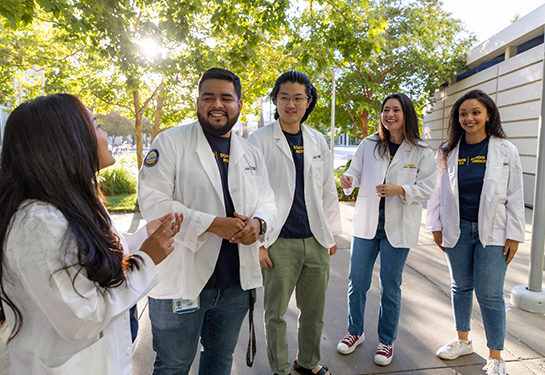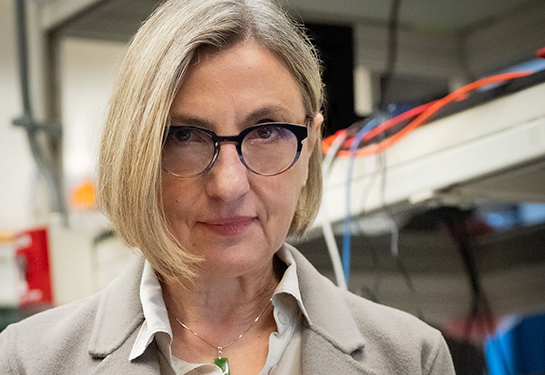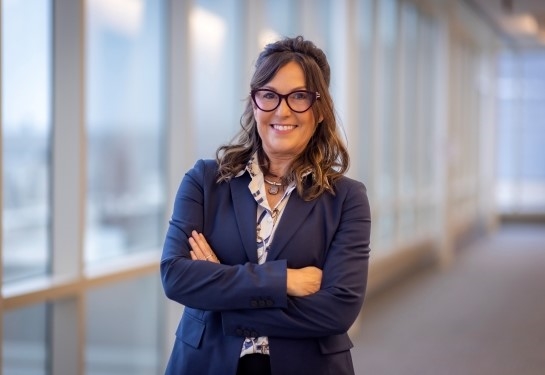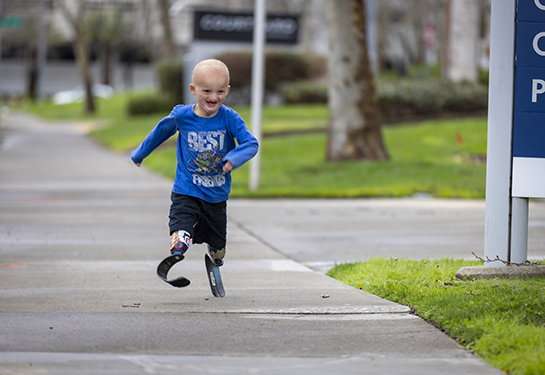UC Davis and UC Santa Cruz create new medical school pathway for Central Coast region
Latest PRIME program seeks to improve health and increase access to care in medically underserved area
UC Davis and UC Santa Cruz are launching a new initiative to train future physicians committed to advancing health equity in Central Coast communities and increasing access to care.
The collaboration — Programs in Medical Education Central Coast (PRIME Central Coast) — was funded last month with $1.5 million in the state budget. The initiative will complement existing UC PRIME programs across the state. The goal is to accept applications in 2026 and enroll the first students in Summer 2027.
The new initiative is the UC Davis School of Medicine’s fifth Community Health Scholars pathway program, a far-reaching effort that personalizes medical education for students dedicated to transforming care in medically underserved regions.
“We are proud to partner with UC Santa Cruz to expand the reach of the UC Davis School of Medicine and address the physician shortage in California’s Central Coast,” said Tonya Fancher, the associate dean for workforce innovation and education quality at the UC Davis School of Medicine. “By training students in the communities they aim to serve, PRIME Central Coast will help ensure a future workforce of physicians who are not only highly skilled, but also deeply connected to the region’s unique health care needs.”
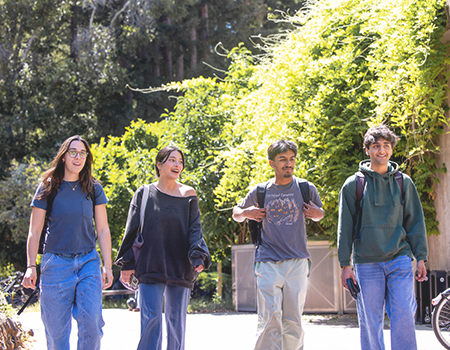
PRIME Central Coast is also the latest effort by UC Santa Cruz to help address California’s growing health care crisis through undergraduate and graduate-level curriculum.
“UC Santa Cruz is deeply committed to meeting the health care needs of the Central Coast, and this is an important step in our efforts,” Chancellor Cynthia Larive said. “We are grateful for the financial support of the legislature and governor, Assemblymember Gail Pellerin, and especially appreciate the advocacy and vision of Senator John Laird. We are also thankful to the UC Davis School of Medicine for their support and partnership to establish a medical school pathway with our campus.”
PRIME programs are strategically placed to advance health equity
The UC PRIME programs are pathways within a medical school that supplement standard training with additional curriculum tailored to meet the needs of California’s communities that lack sufficient access to health care. PRIME graduates go on to work in these medically underserved regions, expanding health care services with an increased understanding of the regional needs.
Students interested in PRIME Central Coast will apply to the UC Davis medical school in Sacramento. As with other students, their first half of medical school will focus on curriculum and their second half on patient care experience. Unlike traditional students, PRIME Central Coast students will frequently return to the Central Coast for their clinical rotations under the supervision of physicians at area hospitals and clinics.
Studies show that more than half of physicians practice within a 100-mile radius of where they trained in residency, highlighting the need to expand clinical training opportunities in areas of need. PRIME Central Coast aims to cultivate a physician workforce that is from the Central Coast, trained on the Central Coast, and stays on the Central Coast, addressing health disparities in the region.
When the new program starts in 2027, UC Davis will be celebrating the 20th anniversary of its inclusion in the UC PRIME programs that seek to advance health equity among certain populations or geographical locations. UC Davis’ Rural PRIME started in 2007 and was later followed by TEACH-MS, REACH, and Tribal Health PRIME. Additionally, UC Davis offers ACE-PC, a three-year medical school program for students committed to careers in primary care. Collectively, the pathways are referred to as UC Davis’ Community Health Scholars Programs.
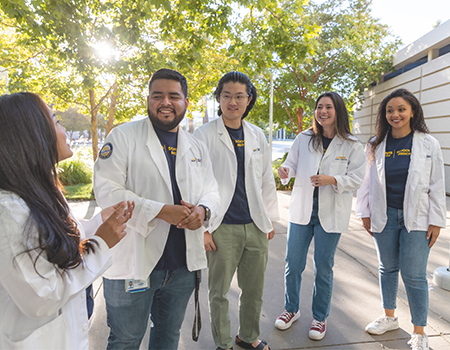
“We are thrilled to apply our lessons learned from two decades of physician workforce development efforts to develop a pathway program specific for Central Coast communities in partnership with UC Santa Cruz,” said Melody Tran-Reina, executive director of Community Health Scholars Programs.
Internal surveys have shown that 40% of UC Davis medical students who graduate from Rural PRIME, then complete residency training, go on to practice in rural settings. That’s nearly four times the national average. In addition, Tran-Reina said, 70% of UC Davis Community Health Scholars graduates practice in underserved communities or safety net settings, which aligns well with the school’s mission of advancing health equity.
The Central Coast — an area defined as Santa Cruz, San Benito and Monterey counties, with thousands of immigrant farmworkers — has long been a medically underserved region with a shortage of physicians, clinics and hospitals.
PRIME Central Coast will draw local, talented students
PRIME Central Coast leaders say the new initiative will help retain more of the region’s talent by developing medical training opportunities in communities where doctors are most needed.
Michael Parr, a second-year Rural PRIME student, grew up in Salinas, the largest city in Monterey County where more than two-thirds of the residents identify as Latino. He spent several years at the local community college, graduated from CSU Monterey Bay, joined the military — then decided to become a doctor.
Parr, 37, acknowledges his path to medical school was filled with detours because he lacked awareness about career possibilities and the mentors that a program like PRIME Central Coast would provide.
He’s thrilled about what PRIME Central Coast can do for the region’s residents — including members of his own large, extended family and the area’s sizeable veteran population.
“I’m extremely excited that there’s going to be a program close to home to be able to take advantage of the amazing pool of medical school applicants who are there and are often overlooked,” Parr said.
“To be able to train as physicians and come back to the area to treat people and understand their language or their struggles, and build that trust within the community, is a huge benefit for everyone,” he added.


